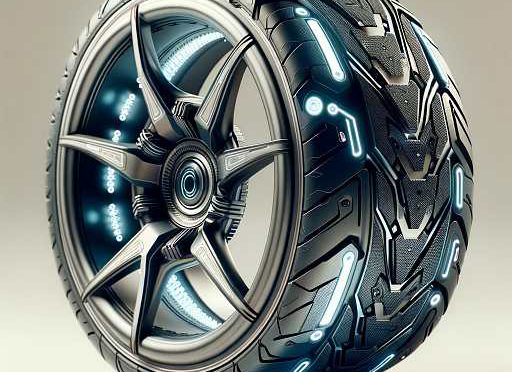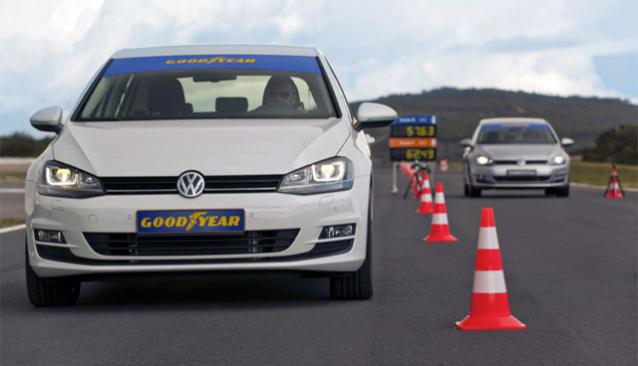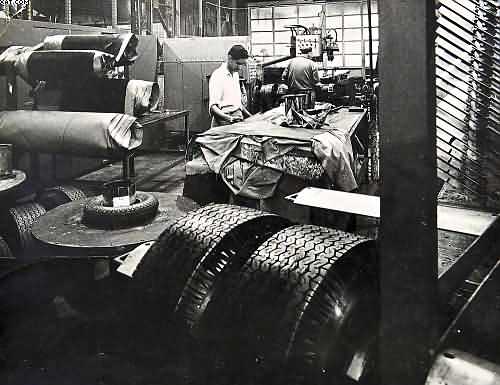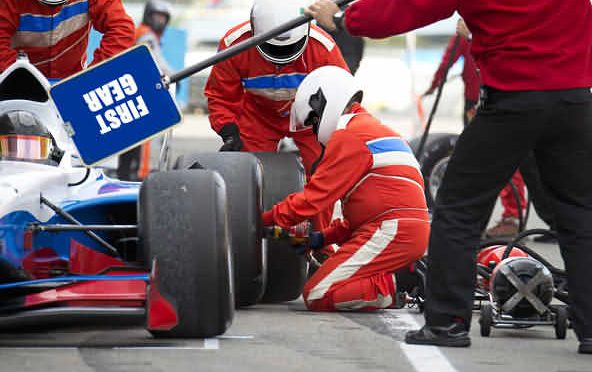Table of Contents
Goodyear spherical tyre
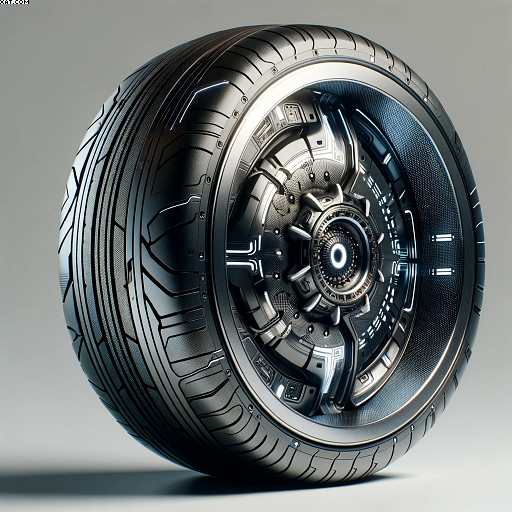
Goodyear spherical tyre
Goodyear Spherical Tyre
Goodyear spherical tyre: Goodyear has wrapped up two concept tyres designed for the autonomous cars of tomorrow, including a spherical tyre that allows cars to drive sideways and one that can sense road conditions and adapt to them. …
Due to modern manufacturing techniques, tyres can be made with any special sidewall markings or tread designs that they want. This Goodyear concept tyre is a fine example of that, and what a stunner it looks?
This comes along with the news that Goodyear in partnership with the Luxembourg government, is to build a lucrative technical centre. This will replace the present facilities and house about 1,000 Goodyear employees.
This will include around one thousand scientists, tyre engineers, and development technicians. The whole new location is expected to accommodate over four thousand workers.
These are the guys who helped to develop the new type of tyre and many other new Goodyear and Fulda tyre products.
Goodyear have still got a wire plant in Bissen
Luxembourg, for making bead and steel wire for radial tyres. This will be closed, and the land will be sold off to the Luxembourg government. The development of the Luxembourg Automotive Campus. So, it will create business growth and development opportunities.
Consequently, inside the European automotive sector for the Goodyear Company. It is also going to create the same opportunities. Naturally, for its campus partners and also the country of Luxembourg,.
As one of the founding partners and one of the first to move into the new facility at the campus. Hence, Goodyear looks forward to joining in with other progressive automotive companies. Especially, on the design, testing, and hatching of new concepts and ideas. Importantly, once again, there is the concept tyre, the Goodyear spherical tyre.
I have been very fortunate to visit one of the Goodyear facilities in Luxembourg and would like to wish Goodyear good luck in the new
2024 Goodyear product update. Goodyear spherical tyre
Okay, let’s talk about Goodyear’s concept tyre developments, which is as exciting as a twist in a Yorkshire soap opera. This isn’t just about putting rubber to the road; it’s about innovation, technology, and a bit of foresight. So take a cup of coffee and prepare to go on a fascinating adventure into the world of tyres, Goodyear style.
Goodyear’s Concept Tyre Developments: Not Just Air and Rubber
Do you know Goodyear? They’ve been there since Queen Victoria’s reign (well, almost – since 1898, to be exact), and they’re more than simply tyre manufacturers. These people are like the Heston Blumenthal’s of the tyre industry, constantly coming up with new ideas.
Eagle-360: A glimpse into the future.
First, let’s talk about the Eagle-360. This is not your normal tyre; it’s spherical. Consider a world in which cars have tyres as round as footballs. It sounds like something from “Doctor Who,” doesn’t it? This design allows cars to go in any direction, making parallel parking as simple as a Sunday morning. It’s like giving cars the agility of cats!
Oxygene: Bringing Life into Cities. Goodyear spherical tyre
Next, there’s oxygen. This is more than just a tyre; it’s a breath of fresh air, literally. These tyres contain living moss growing on the sidewalls. It sounds ridiculous, but it’s true! As the tyre rolls, it absorbs road water and sucks in CO2, releasing oxygen. It’s like having a portable Yorkshire Dales in your car, cleansing the air when you drive down to the store.
IntelliGrip: Smart as a Whip.
Then there’s the IntelliGrip. These smart tyres are similar to the clever clogs of the tyre world. They adjust to weather conditions, which, let’s be honest, in the UK are as unpredictable as a game of cricket. These tyres utilise sensors to change their grip according to the road surface and weather. It’s like having a weather forecaster built right into your tyres!
Sound Comfort: Peace and Quiet. Goodyear spherical tyre
Have you ever been on a motorway and had to shout above the traffic? Goodyear’s Sound-Comfort technology is here to help with that. These tyres are designed to significantly reduce interior vehicle noise. It’s similar to soundproofing your tyres, allowing you to listen to The Beatles, The Stones, or whatever music you want without being interrupted by road noise.
EfficientGrip Performance 2: Go the Extra Mile
Finally, let’s discuss EfficientGrip Performance 2. Goodyear claims that these tyres get 50% more mileage than their predecessors. This means fewer trips to the tyre shop and more money in your pocket for a rainy day (or a bright day out in Blackpool, perhaps).
A Step into the Future. Goodyear spherical tyre
Goodyear isn’t just producing tyres; they’re rethinking what they can be. It’s all about moving forward, from environmentally responsible advances to technologically advanced solutions. Sure, these concept tyres may not be on your car tomorrow, but they do provide a glimpse into what’s to come.
To summarise,
Goodyear’s concept tyre advancements are about more than just travelling from point A to point B; they’re also about innovation, sustainability, and a little futuristic fun. It’s fascinating to consider what’s around the corner—or, in this instance, the roundabout!
So there you have it, a quick overview of Goodyear’s most recent tyre developments. It’s more than just putting the correct shoes on your automobile; it’s about seeing a world with smart, green, and silent tyres. Isn’t that something to look forward to while you drink your tea?
Pellon Tyres is a member of www.tyresafe.org
- Michelin 4X4 CrossClimate
- Winter Tyres-A Women’s guide
- Caravan tyre safety Advice
- Hello tyres, world: Winter Tyres blog
- Effectiveness-Winter Tyres
Sourced through Scoop.it from www.gizmag.com

